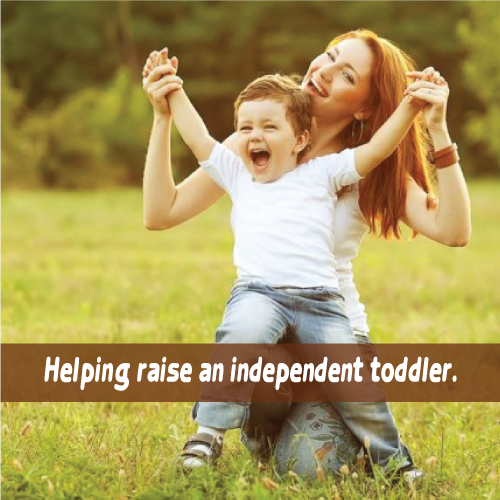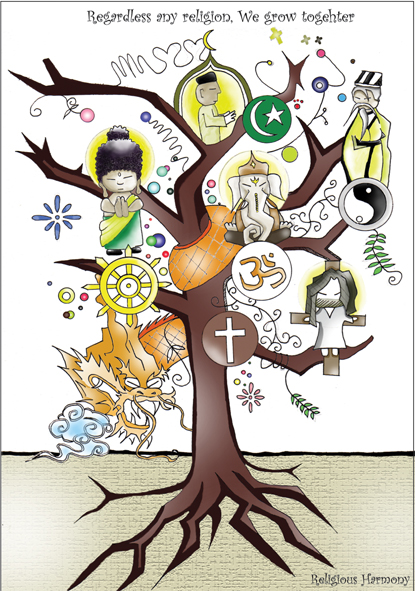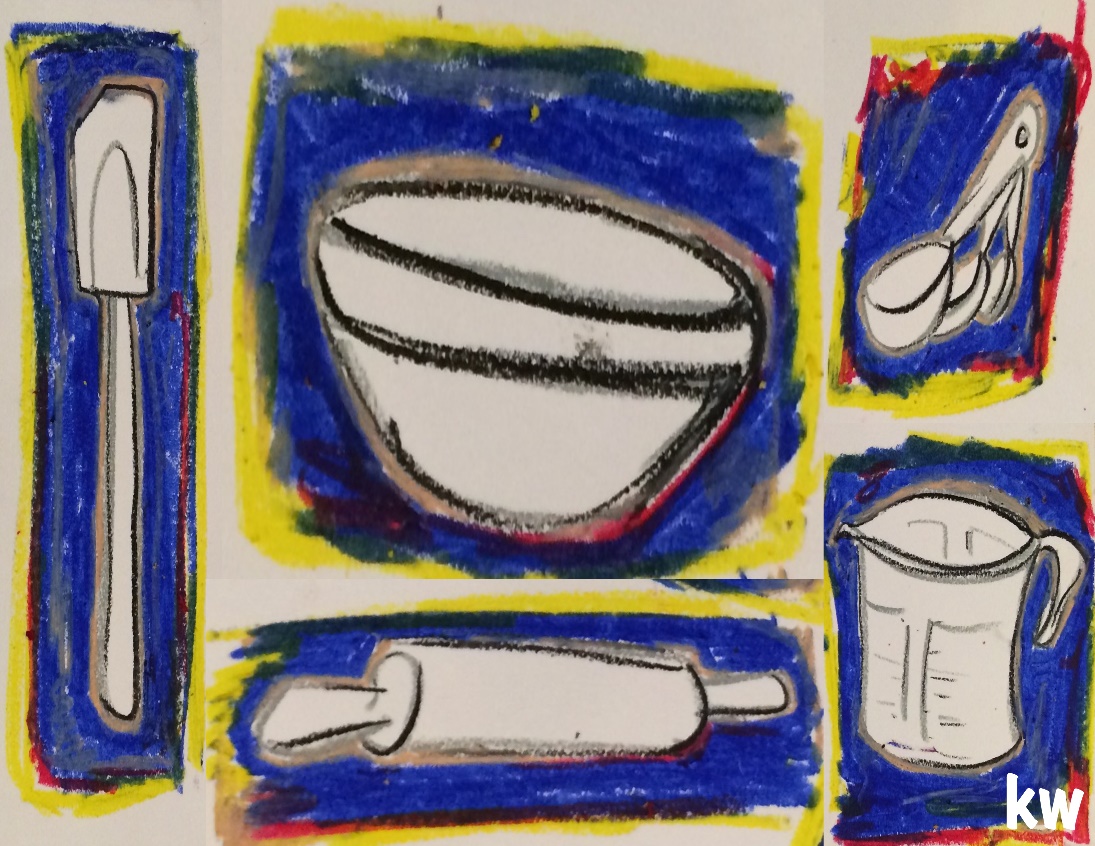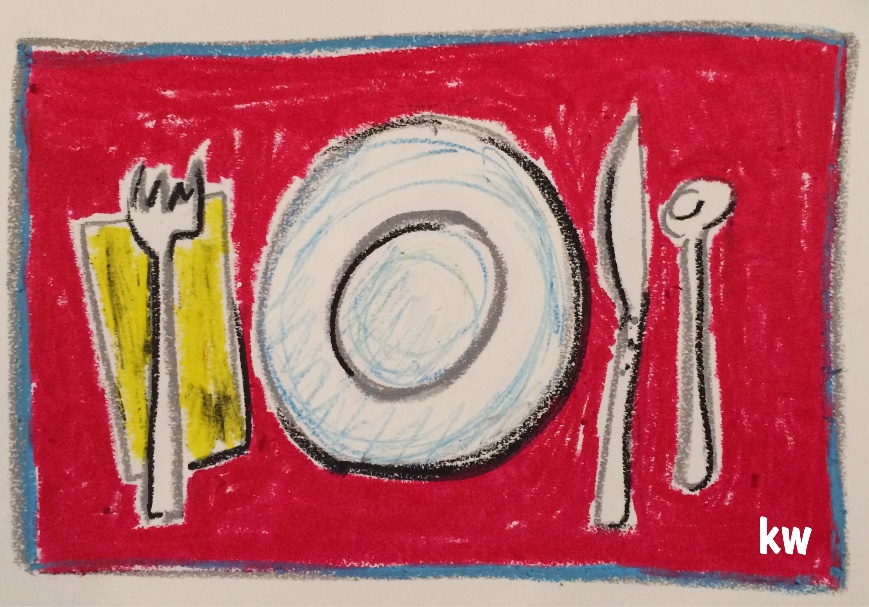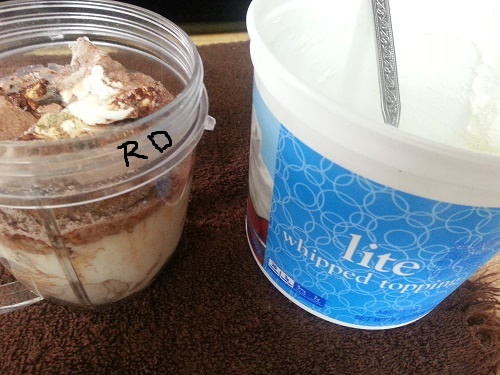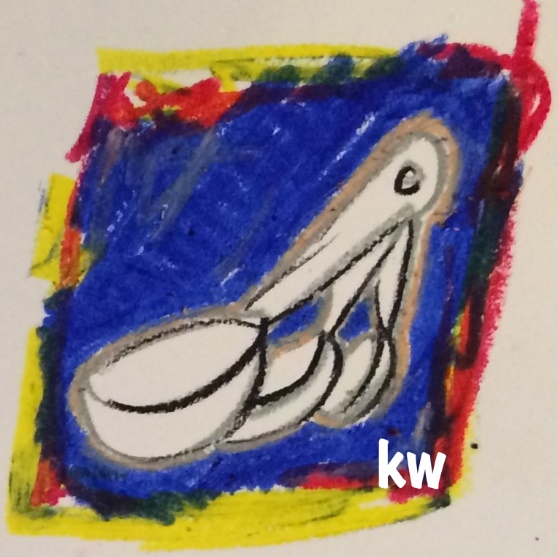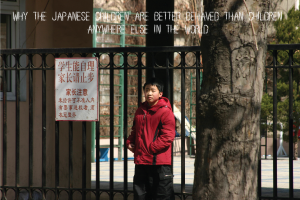The first true test of the strength of the relationship between a man and a woman is parenthood. With the child, comes an enormous responsibility for which the young parents may or may not be ready. Many new parents are inexperienced in dealing with the demands of parenthood.
First and foremost, men should understand that, in the modern scenario, raising a family is a shared responsibility and not that of the mothers’ alone. In cases where support from one’s family is lacking, parenthood can quickly overwhelm most parents, especially the mothers.
With some careful planning and sharing of parental duties, it need not be so. One can turn adversity into strength with a bit of understanding and respect for each other’s emotional needs.
You will most certainly recall the struggles of raising a baby long after your child has grown and ceased to be dependent on you. The memories of a shared difficult past help nurture your future.
Here’s some much needed comfort for new mothers and tips to deal with some inevitable moments of parenthood when you are left to deal with those ‘what next?’ moments.
- Is my child getting enough breastmilk?
One of the most sensitive topics going around and the one that stresses out the mothers the most. It is true that the child must be breastfed as the mother’s milk is the safest food a baby can have and it also helps boost the immune system. But worrying constantly based on what others around you are saying, can actually affect the milk production adversely. So as long as the baby is gaining weight, you have nothing to worry about.
- Why does a baby throw up after breastfeeding?
Babies usually throw up after breastfeeding, but as long as it is infrequent and in small quantities, there is nothing to worry about. However, if the baby is not gaining weight or experiences pain and discomfort, consult your doctor immediately.
- What position should the baby assume while sleeping?
It is highly recommended to make the baby sleep on her back or sideways using a firm mattress that does not shift easily. This will help minimize the risk of the baby suffocating.
- What do we do when the baby cries non-stop?
Babies usually express their feeling through crying. They could be hungry, tired, sleepy or even sick. Rely on your knowledge of the baby’s behaviour to find out the reason for the wailing. If your usual methods of pacifying don’t work, consult your doctor.
- When will the baby start sleeping during normal hours?
That’s a million dollar question every new sleep-deprived mother nursing her infant would love to know answers for. The answer is you will have to be just patient for her to grow up. The best a mother can do is synchronize her sleep with that of the baby’s!
Disclaimer
The aim of the article is to be informative in a general way. DO CONSULT your doctor and get your child examined at all times, without any exceptions.


